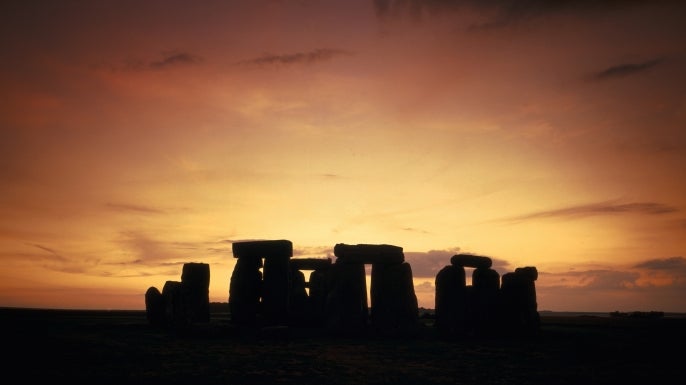Druids
The Celtic high priests known as the Druids probably held ritual celebrations in midsummer, but contrary to popular belief, these are unlikely to have taken place at Stonehenge, the oldest megalithic stone circle. most famous in England. Yet people who identify as modern Druids continue to gather at the monument for the summer solstice, winter solstice, spring equinox, and autumnal equinox.
Ancient Greeks
According to some iterations of the Greek calendar – they varied greatly between regions and times – the summer solstice was the first day of the year. Several festivals took place at this time, including Kronia, which celebrated the god of agriculture Cronos. The strict social code was temporarily upended during the Kronia, with slaves participating in the festivities as equals or even being served by their masters. The summer solstice also marked the one-month countdown to the opening of the Olympic Games.
Ancient Romans
In the days leading up to the summer solstice, ancient Romans celebrated the festival of Vestalia, which paid homage to Vesta, the goddess of the hearth. The rituals included the sacrifice of an unborn calf removed from its mother’s womb. This was the only time of year when married women were allowed to enter the sacred temple of the Vestal Virgins and make offerings to Vesta.
Ancient Chinese
The ancient Chinese participated in a ceremony at the summer solstice to honor the earth, femininity and the force known as yin. It completed the winter solstice ritual, dedicated to the sky, masculinity and yang. Ancient tribes of Northern and Central Europe Many Germanic, Slavic, and Celtic pagans welcomed summer with bonfires, a tradition still enjoyed in Germany, Austria, Estonia, and other countries. Some ancient tribes practiced a ritual in which couples jumped through flames to predict the height of that year’s harvest.
Vikings
Midsummer was a crucial time of year for Norse sailors, who met to discuss legal matters and resolve disputes around the summer solstice. They also visited wells believed to have healing powers and lit huge bonfires. Today, “Viking” summer solstice celebrations are popular with residents and tourists in Iceland.
Native Americans
Many Native American tribes participated in centuries-old midsummer rituals, some of which are still practiced today. The Sioux, for example, performed a ceremonial sun dance around a tree while wearing symbolic colors. Some researchers believe that Wyoming’s Bighorn Medicine Wheel, a set of stones built several hundred years ago by Plains Indians, aligns with the sunrise and sunset of the solstice and was therefore the site of the annual sun dance of this culture.
Mayans and Aztecs
Although little is known about exactly how the powerful pre-Columbian civilizations of Central America celebrated the summer solstice, the ruins of their once great cities bear witness to the day’s great significance. Temples, public buildings, and other structures were often precisely aligned with the shadows cast by major astrological phenomena, particularly the summer and winter solstices.


